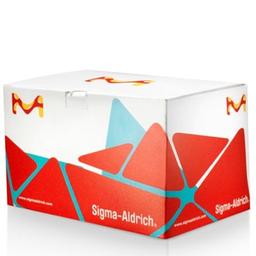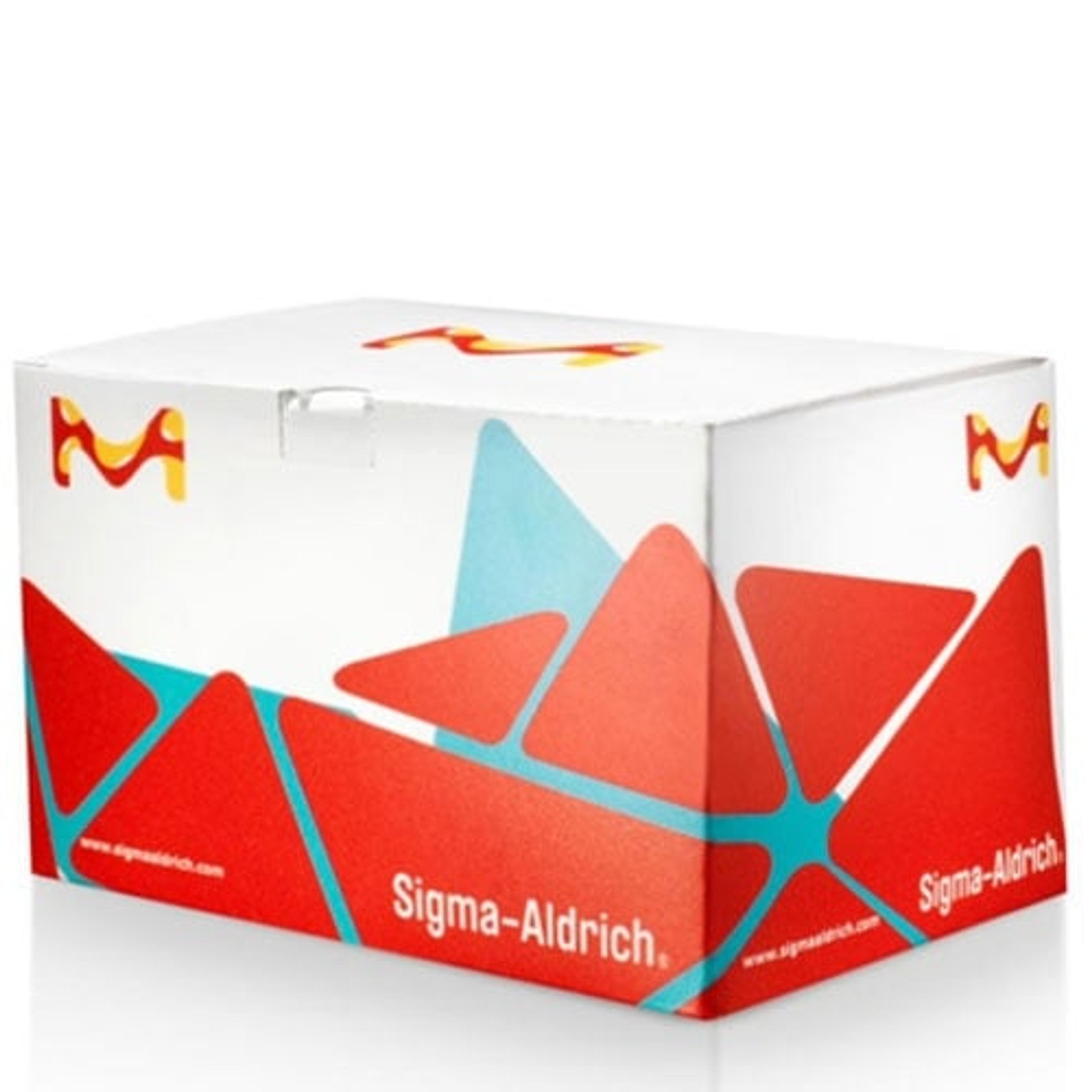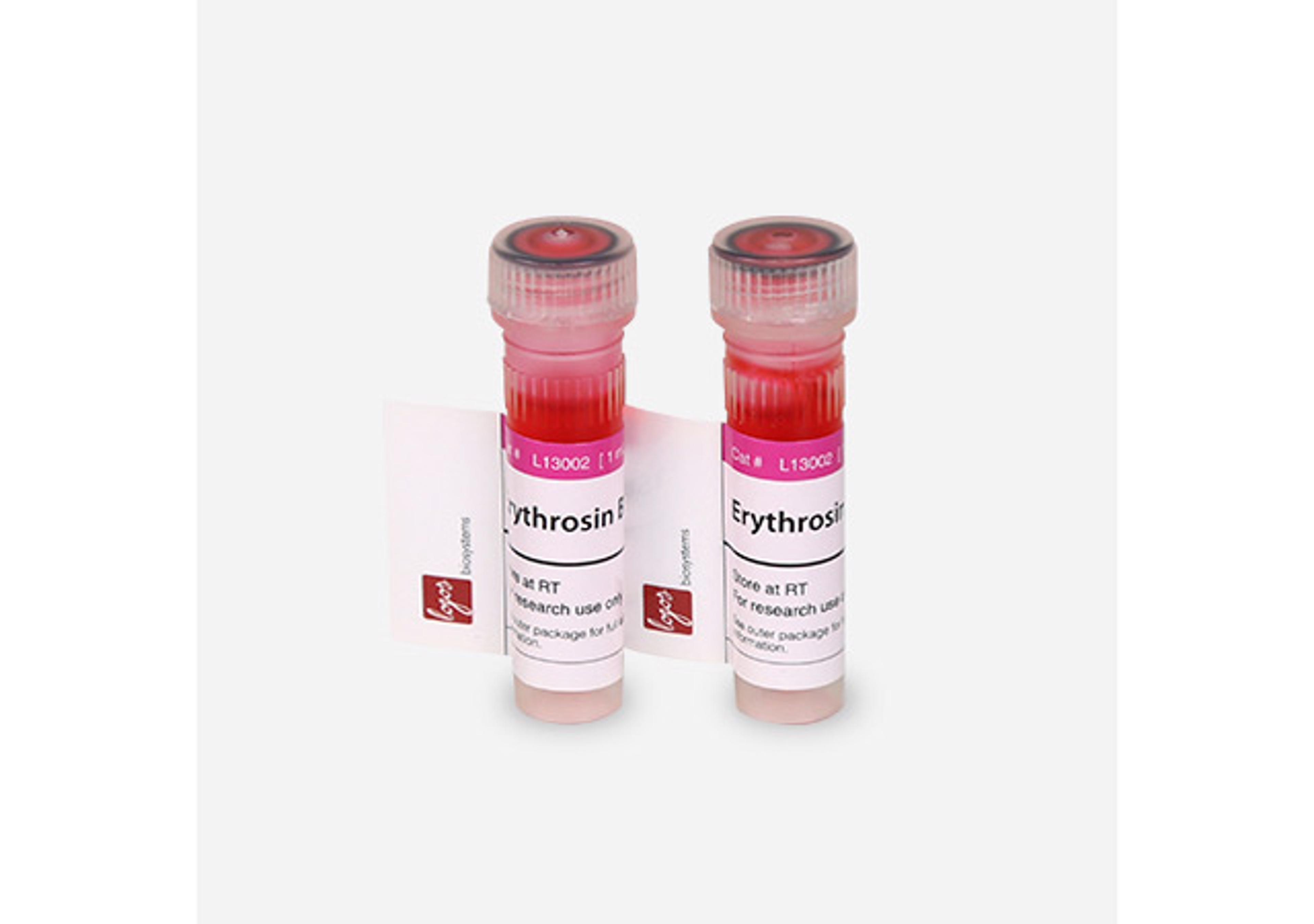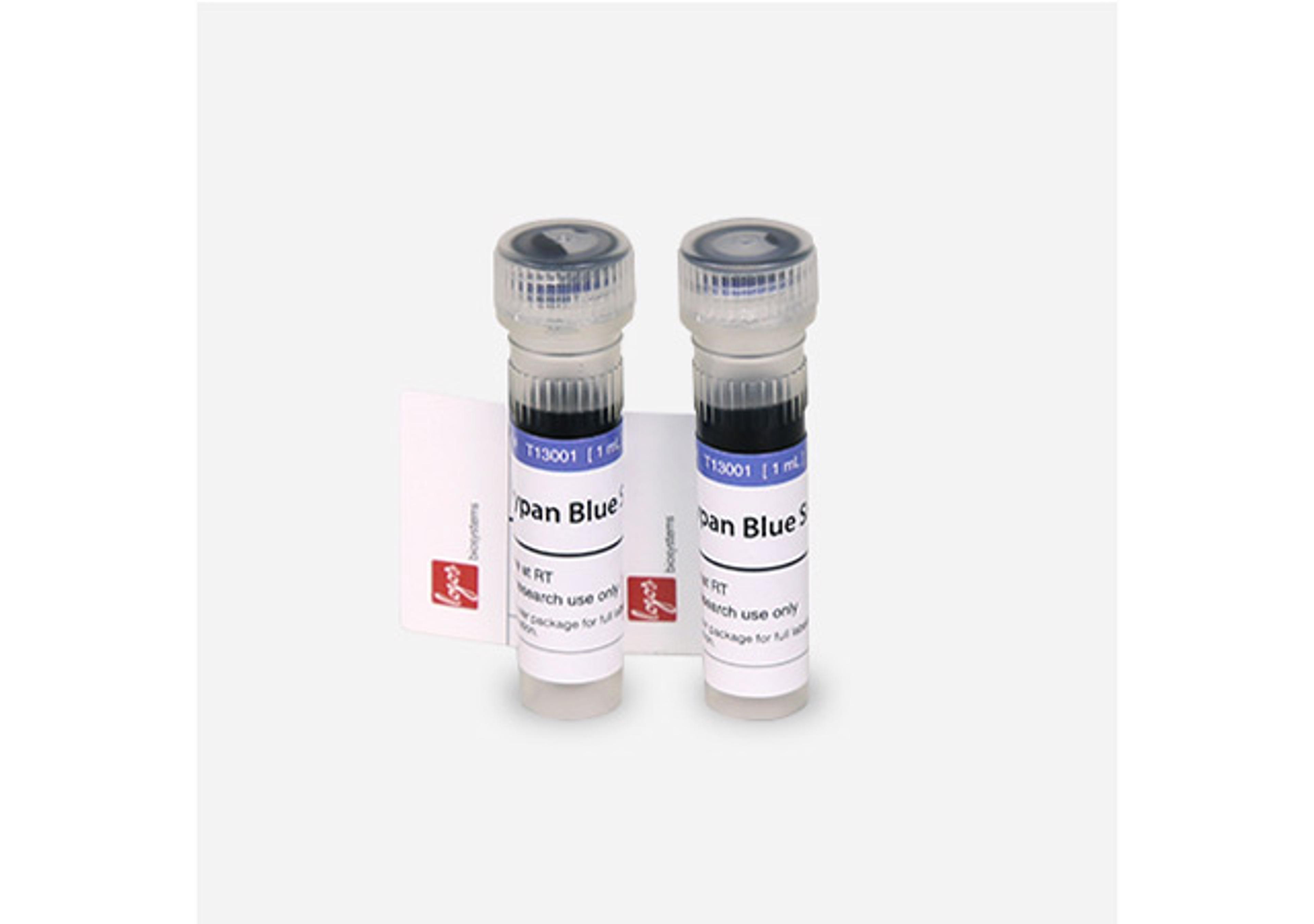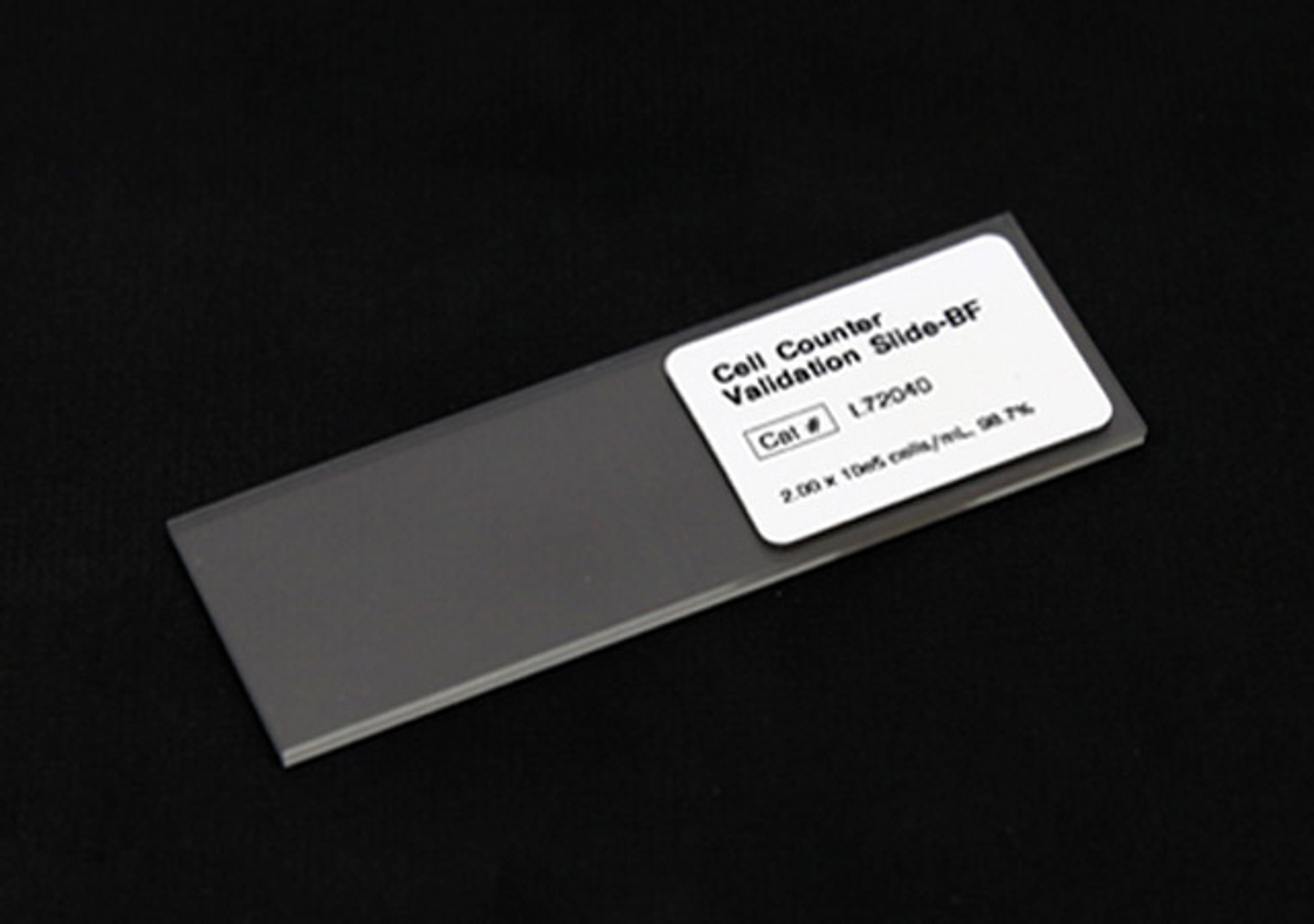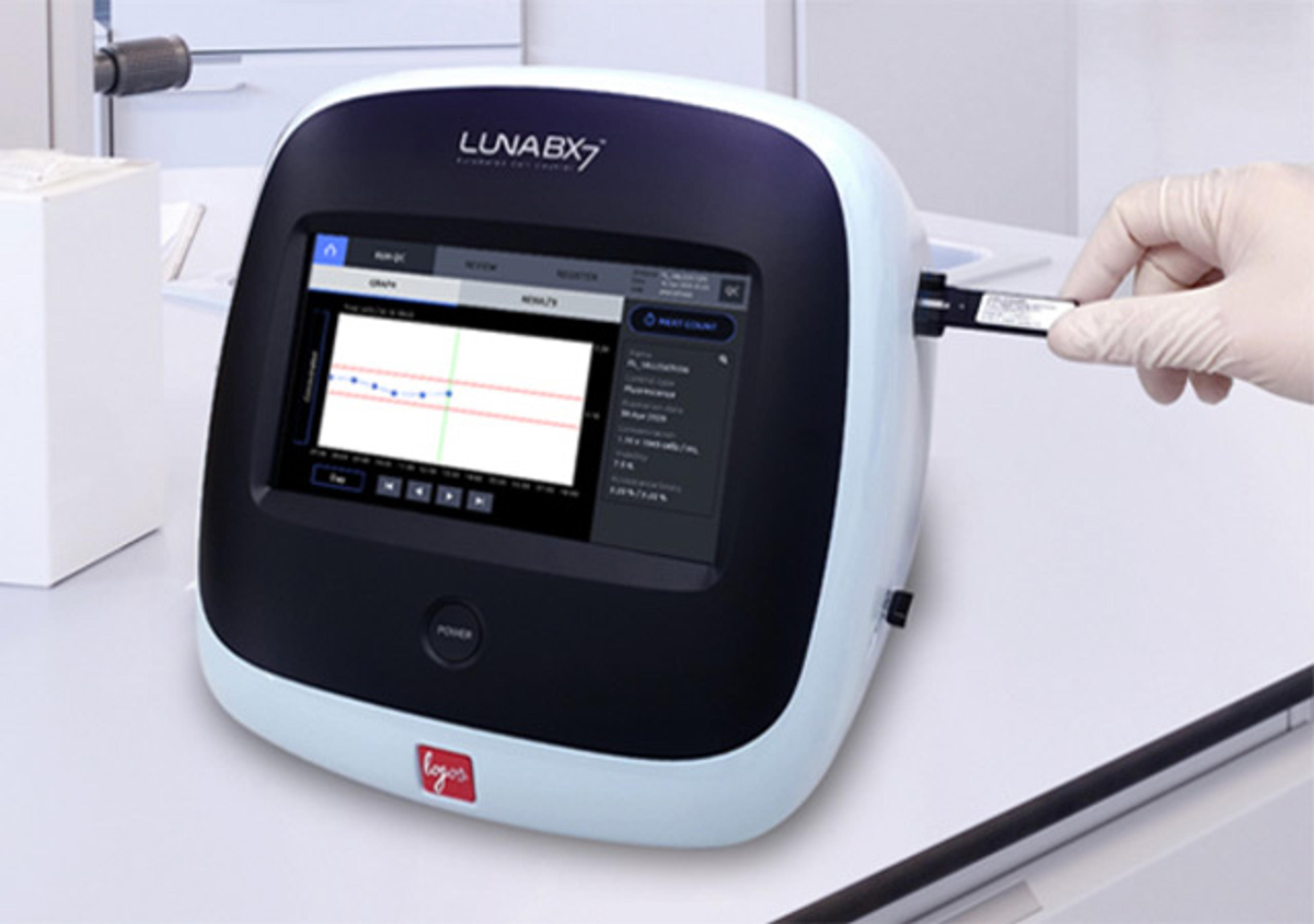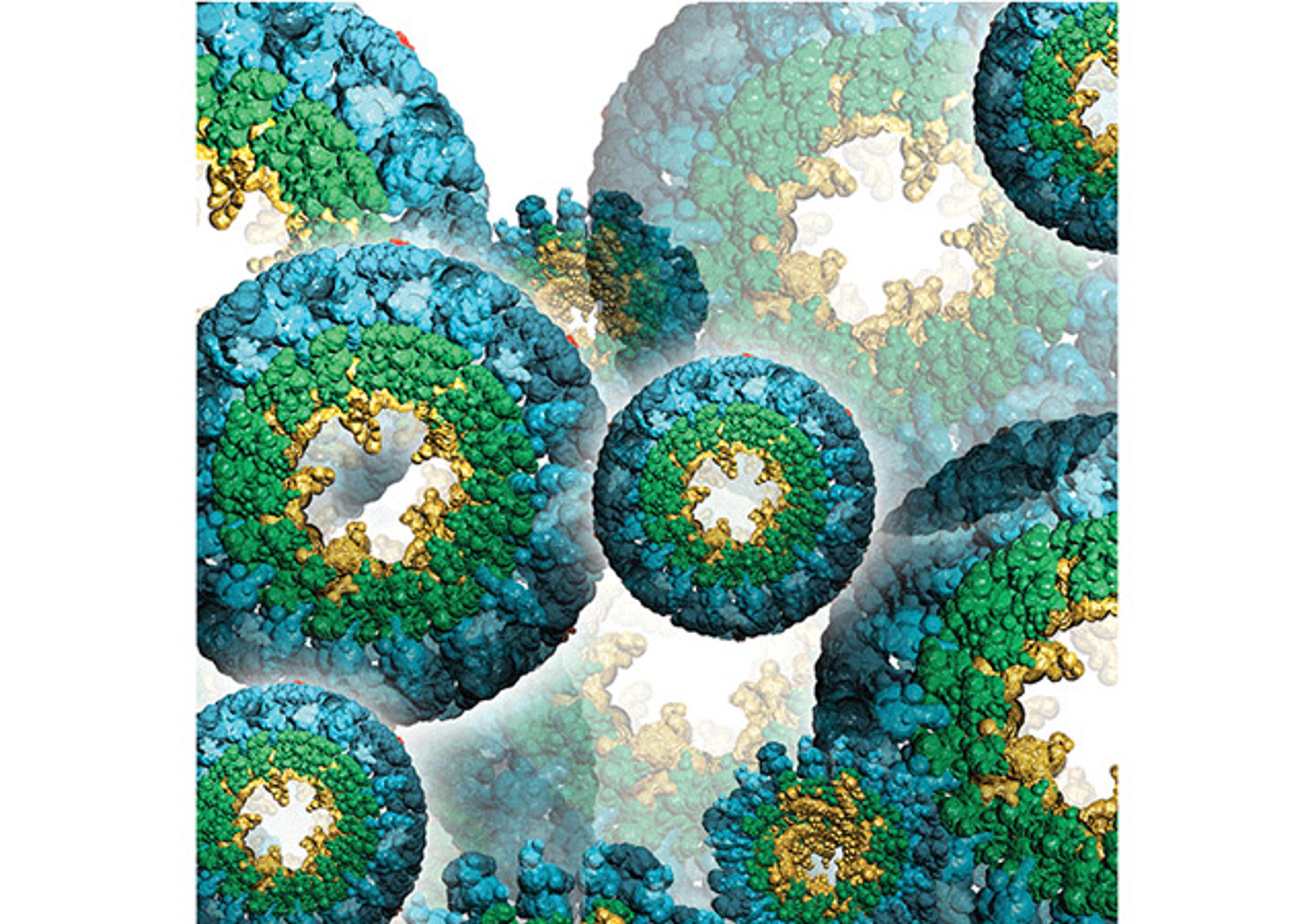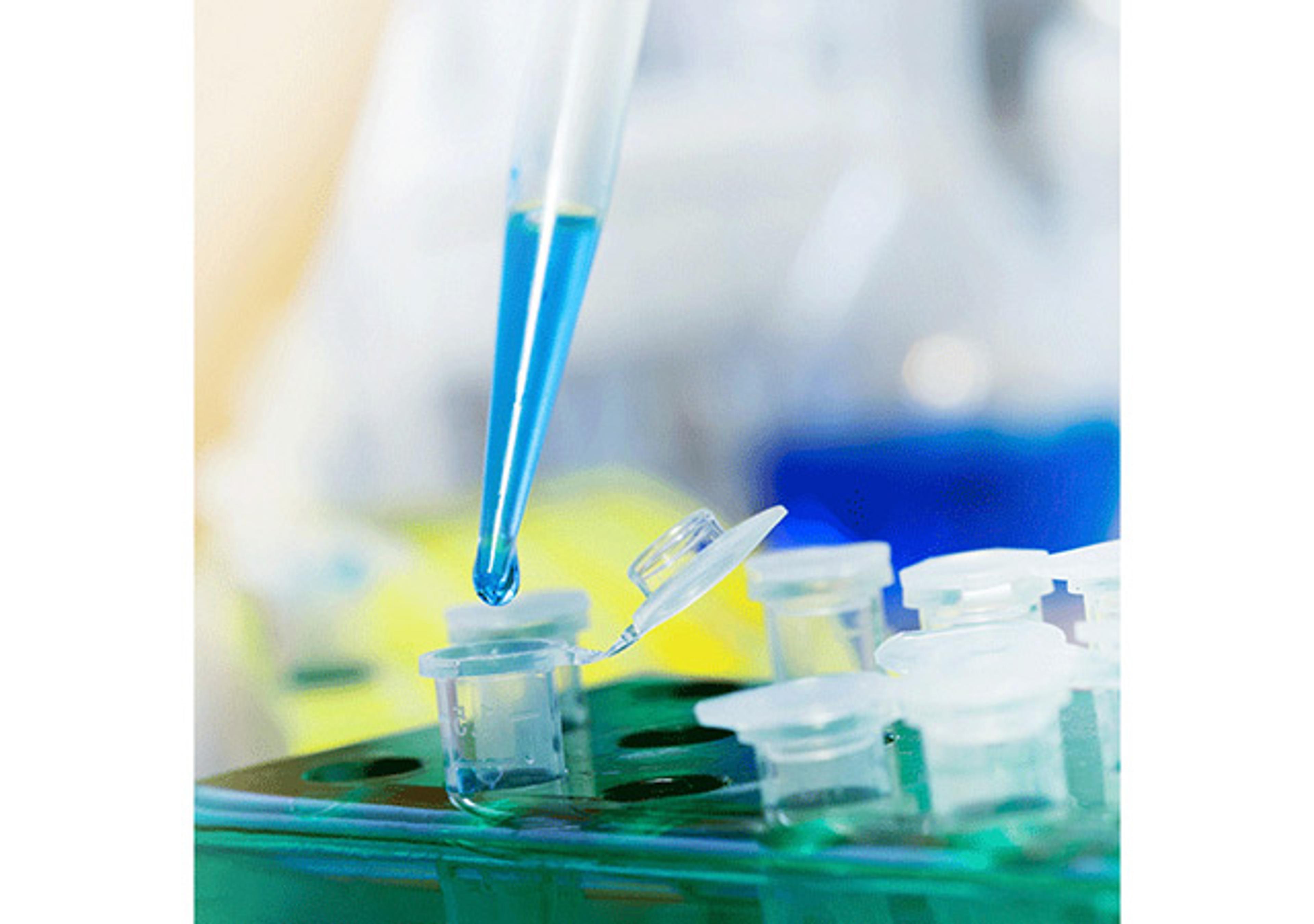Bacterial Gene Editing with CRISPR
CRISPR/Cas9-mediated recombineering is the most powerful bacterial genome engineering method to date. In addition, Cas9-mediated recombineering overcomes the dependence on a second recombination step, avoids the creation of destabilizing scar sites, can be used in multiplexing, and is less time-consuming than previous protocols.

The supplier does not provide quotations for this product through SelectScience. You can search for similar products in our Product Directory.
A dual-vector CRISPR/Cas-mediated λ-Red system for improved recombineering in E. coli. Our system is shown to facilitate homology-directed repair of DSBs created by Cas9 endonuclease, enabling genetic alterations through chromosomal integration of a donor DNA.
The Cas9 Lambda Red Homologous Recombination Plasmid for E. coli (CAS9BAC1P) contains the gene for Cas9 from Streptococcus pyogenes (spCas9) expressed from its native promoter, as well as the genes for λ-red recombinases exo, beta, and gam under the control of the arabinose-inducible ParaB promoter. This plasmid confers kanamycin resistance and possesses the repA101ts temperature-sensitive origin of replication, allowing for easy plasmid maintenance and curing.
Application
- Bacterial Genome Editing
- Metabolic Engineering
- Strain Optimization
Features and Benefits
- Efficient: increased efficiency of HR-mediated integration to almost 100%
- Markerless: does not require antibiotic resistance marker insertion
- Scarless: no scar sequences from marker excision which often cause off-target recombination
- Multiplexing: multiple custom gRNA sequences can be used at a time


